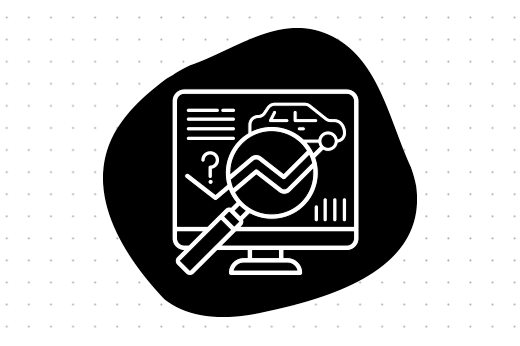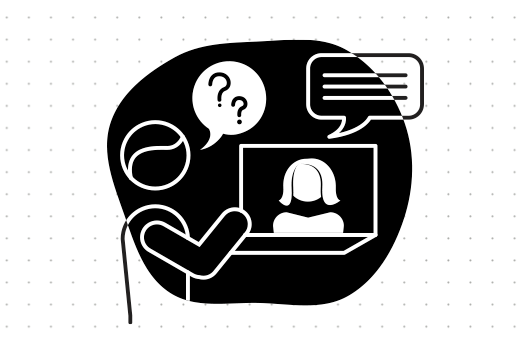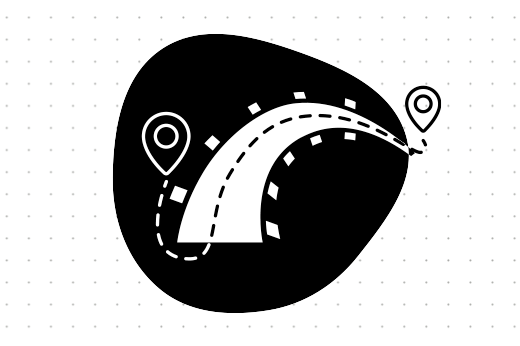Filter by category
When the opportunity to develop a mobile app for Auto Europe — one of the leading players in the global car rental industry — appeared, we knew that it was going to be a very complex engagement. On the surface, you might ask, “What could be so complicated? It’s just a mobile app.” However, at [e-spres-oh], we look at projects from a 360 degrees perspective and always identify opportunities to create well-rounded products. That’s why we assign cross-functional teams that include UX designers, developers, product owners, and business analysts.
Wait. What’s the role of a business analyst?
In a nutshell, a business analyst is a perfect blend of technical skills and business know-how. But here’s what a business analyst at [e-spres-oh] does in more detail.
Conveys business knowledge to the engineering team
Our engineers are some of the most dedicated people out there. They always go the extra mile to understand the business behind the project, the constraints that affect the system, and the opportunities that might help them build even better digital products.
However, more often than not, engineers have to make decisions based on assumptions. If they have enough information, those decisions have a high chance of leading to great outcomes. This is where a business analyst steps in. Their role is to make sure teams have all the info they need without overloading them with too many details which can cripple the best of teams. Thus, a business analyst breaks down the piles of existing information into digestible nuggets and maintains a constant data flow.
Dives into technical details with the customer
When you need to integrate new solutions with an existing complex system, you can’t do it without interacting with technical people on the client's side.
In situations like these, it’s a great plus to have a business analyst with a solid technical background. Frequently, conversations will get down into the nitty-gritty details of databases, API integrations and complex flows. A business analyst must fully grasp the technicalities to convey the correct info to the engineers and become their go-to person when certain issues arise.
Keeps the team focused
Highly skilled and passionate engineers thrive when faced with complex issues. Technical challenges keep them motivated and drive them to focus on how things could be improved.
This attitude needs to be nurtured because it can lead to great things. Many cool features inside some of today’s famous software products began as mere ideas in hackathons and were made possible by a company culture that encouraged stepping out of the box. A business analyst is the one that cheers for the engineering team and supports their efforts and ideas by advocating for them in front of the client.
However, to ensure successful delivery, it is important to know when it’s time for exploration and innovation, and when the team needs to stick to the agreed-upon scope. The business analyst needs always to have an overview of the schedule and decide if there’s time for interesting exploratory endeavors or a spike to achieve the milestone.
Why bring a business analyst on board?
The presence of a business analyst can help complex projects in several ways. When dealing with big silos of info that need to be understood and transferred to the engineering team, a business analyst acts as a buffer, accumulating knowledge from the client and disseminating it to the team.
A business analyst is even more important when the client operates in a different time zone or only has time to communicate sporadically. In this case, the business analyst becomes the go-to person for the engineering team. This person needs to understand the client’s priorities extremely well and convey them to the engineering team to ensure the devs are working on the right things. Oh, and a business analyst is also the recipient of all the open questions and in charge of finding answers.
In this particular case, the business analyst was (and still is), yours truly. So, let me tell you exactly how we tackled Auto Europe’s project and the road from conducting the exploratory business analysis to building an MVP.
Phase 1: Understand the customer and the product
We started the Auto Europe project with an exploratory phase in which the team directed a lot of energy towards business analysis. We made an active effort to understand the car rental business, and the problems that Auto Europe is trying to solve, to sketch out how a mobile app that could aid their business should look. Here’s what we found out.
Adapt to each market
We discovered that the car rental business is complex and customer behaviour varies from market to market. While, in some markets, users prefer peace of mind and opt for full insurance, in other markets, users are more likely to rent the cheapest car which meets their needs. Because of this, we understood that it’s highly important for the end product to be configurable and to support different booking flows for different markets.
Analytics is important
Whenever you build a product, data about your users is the essential starting point.
How are they using similar products?
What is their normal flow?
Are they doing unexpected things?
Can you optimize their UX?
To answer these questions, you need metrics and research data. During our initial discussions, we were pleasantly surprised to discover that Auto Europe’s team had data to back up their claims. However, when they didn’t have data, they were prudent and measured. This approach is what we advise all our clients and we were very happy to be in complete alignment.
With all these questions, answers, data, and metrics in mind, we concluded that the mobile app should help the user quickly, and with as little friction as possible, select a car and book it. Our goal is to focus on Analytics and collect as many relevant metrics as possible to ensure the user has a seamless experience.
A new opportunity
We’ve conducted a lot of discussions with Auto Europe regarding business issues, but also technical ones. We’ve put a lot of effort into understanding the tech behind the existing booking system.
Auto Europe has a mature booking engine that handles multiple complex problems very well: from interoperating with a wide range of car suppliers, to creating a quote for users and handling the reservation process with payments and supplier confirmations. However, the challenge is integration with third parties.
This is where, together with Auto Europe, we identified a new opportunity. However, we'll disclose more on the specifics later. For now, know that we are working on an out-of-the-box solution and that without a thorough business analysis, we wouldn't have discovered this path.
Working with a mature system
Everybody loves greenfield projects with total design, tech, and code liberty! Designers can pick their tools and flows, while devs can cherry-pick their technologies and combine them to fit the project in the best way. It’s every developer’s dream. And Auto Europe’s mobile app was a dream come true for us, because we have the chance to do just that: develop a mobile app from scratch.
However, to build it, we need to interact with multiple systems that operate inside Auto Europe’s current flow. We have to coordinate with multiple teams to get the information we need and be aware of the challenges we will have to face. It always helps when the client is transparent and eager to share the knowledge and, luckily, Auto Europe’s team has been exactly like that.
Phase 2: The road to an MVP
Establish the Scope
Whenever you start a project, the client needs to have a clear picture of what they are getting themselves into. They have to know how long it will take, what will be the final deliverable and what resources are needed to get the job done, among other variables. Good expectation management is key to a happy team and a satisfied client.
With this in mind, we came up with a project road map that would clearly show everybody involved what’s to come and in what form.
Assign (Flexible) Milestones
A vast, long term project is challenging to manage if you look at it as a whole. That’s why we always break down such projects into smaller milestones, each with its own scope and delivery date. This approach gives us a couple of big advantages:
It allows us to check if we are on track easily
It provides us with the necessary checkpoints to self-evaluate and adapt
It gives both the stakeholders and the engineering team the feeling of accomplishment
Here at [e-spres-oh], we are big fans of Agile Methodologies and thus we know that requirements are not set in stone. They are subject to frequent changes based on feedback, priority shifts and other planned or unplanned happenings. However, a thing that never changes it the emphasis we put on product quality. We hold ourselves to very high standards and always strive to deliver quality software above all else.
3. Use of Control Tools
As a business analyst, you need to juggle between changes and constants in order to ensure successful delivery. While the client is always empowered to decide what the devs should focus on, it is the business analyst’s duty to advise what’s best for the product. We can always tweak requirements, change the priority of various features or add new things in scope. However, all the changes that we introduce are always for the greater good of the project. No change is based on gut feeling or mood.
We use MoSCoW analysis in order to understand what is important to the stakeholders and prioritise each feature by creating milestones. Within each milestone we mark critical and nice-to-have. This gives us the flexibility to accommodate unexpected unknowns while ensuring the successful delivery of essential items. What’s also important is that we don’t carry over unfinished, non-critical work from the previous milestone to the next because we don’t want to risk and create misleading deadlines that would overall delay the entire project without need.
This agile, flexible approach allows us to focus on what is important and know what we can do to maintain the project’s quality and ensure the successful delivery of each milestone.
Backstage Thoughts
So here we are, with an MVP for Auto Europe’s mobile application. However, the project’s just at its mere beginning, and everybody involved is very excited about the future. What will the future bring? Considering my experience thus far, great things, based on several aspects:
1. At [e-spres-oh], you can always expect highly skilled and passionate engineering teams. For engineers, this is awesome. For clients, it means great products. For a business analyst, this is invaluable. No hurdle is too great, nothing is unachievable.
2. Working with a visionary client in an exciting and complex domain is very challenging and very rewarding. You feel accomplishment when you see progress, and you get motivated when the stakeholders’ expectations propel you forward.
Last but not least, I believe that being part of an organization that always “has your back” (right back at you, [e-spres-oh]), creates the perfect climate for success.





